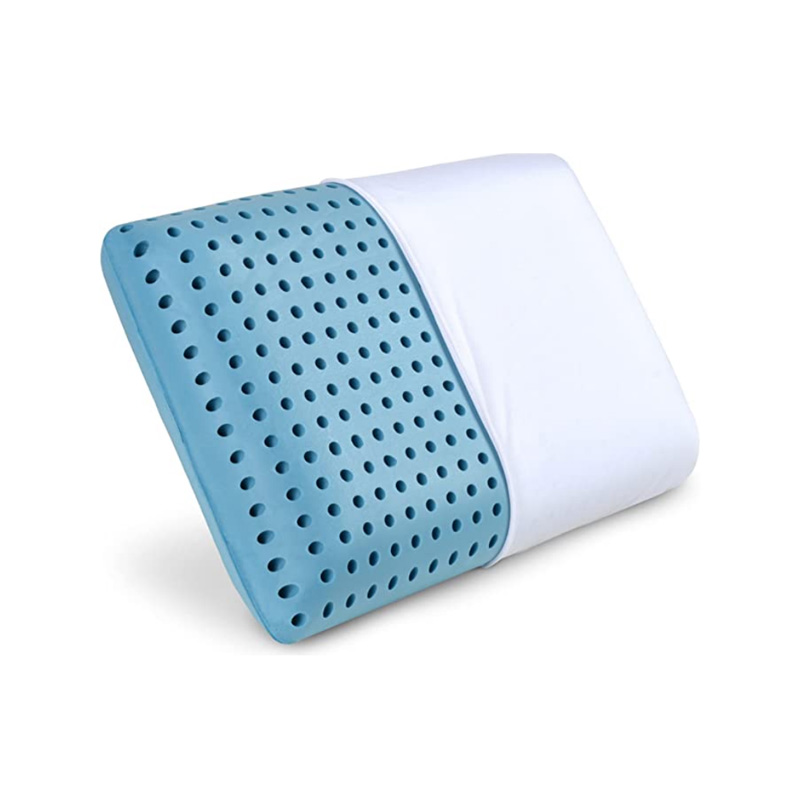Memory foam pillow cooling technologies are tested through a variety of methods to ensure their effectiveness in providing a cooler sleeping experience. Here are some common testing procedures:
Thermal Conductivity Testing: This involves measuring the ability of the pillow materials to conduct heat away from the body. Instruments such as a thermal conductivity meter can quantify how efficiently heat is transferred through the pillow materials.
Heat Retention Testing: This assesses how much heat the pillow absorbs and retains from the sleeper's body over time. Testers may use thermal imaging cameras or temperature sensors to monitor changes in pillow surface temperature during simulated sleep cycles.
Airflow and Ventilation Testing: This evaluates the pillow's ability to promote airflow and ventilation, which helps dissipate heat. Testers may use airflow meters or simulate breathing patterns to assess how well air circulates through the pillow's structure.
Moisture Wicking Testing: Since moisture can contribute to heat buildup, testers evaluate the pillow's ability to wick away sweat and moisture from the sleeper's skin. This can be assessed through laboratory tests that simulate sweating or by measuring the pillow's moisture absorption and evaporation rates.

Subjective Testing: In addition to objective measurements, testers often conduct subjective evaluations where individuals sleep on the pillow and provide feedback on their perceived cooling effect. This can involve surveys, interviews, or sleep quality assessments to gauge overall comfort and temperature regulation.
Long-term Durability Testing: Cooling technologies should maintain their effectiveness over time. Testers may subject the pillow to repeated use and washing cycles to assess whether the cooling properties degrade or remain consistent over the pillow's lifespan.
Comparative Testing: Finally, cooling technologies are often compared against standard memory foam pillows or other cooling products to determine their relative performance in terms of heat dissipation, comfort, and overall sleep quality.
By combining these testing methods, manufacturers can ensure that memory foam pillow cooling technologies meet quality standards and deliver the desired cooling benefits to consumers.











